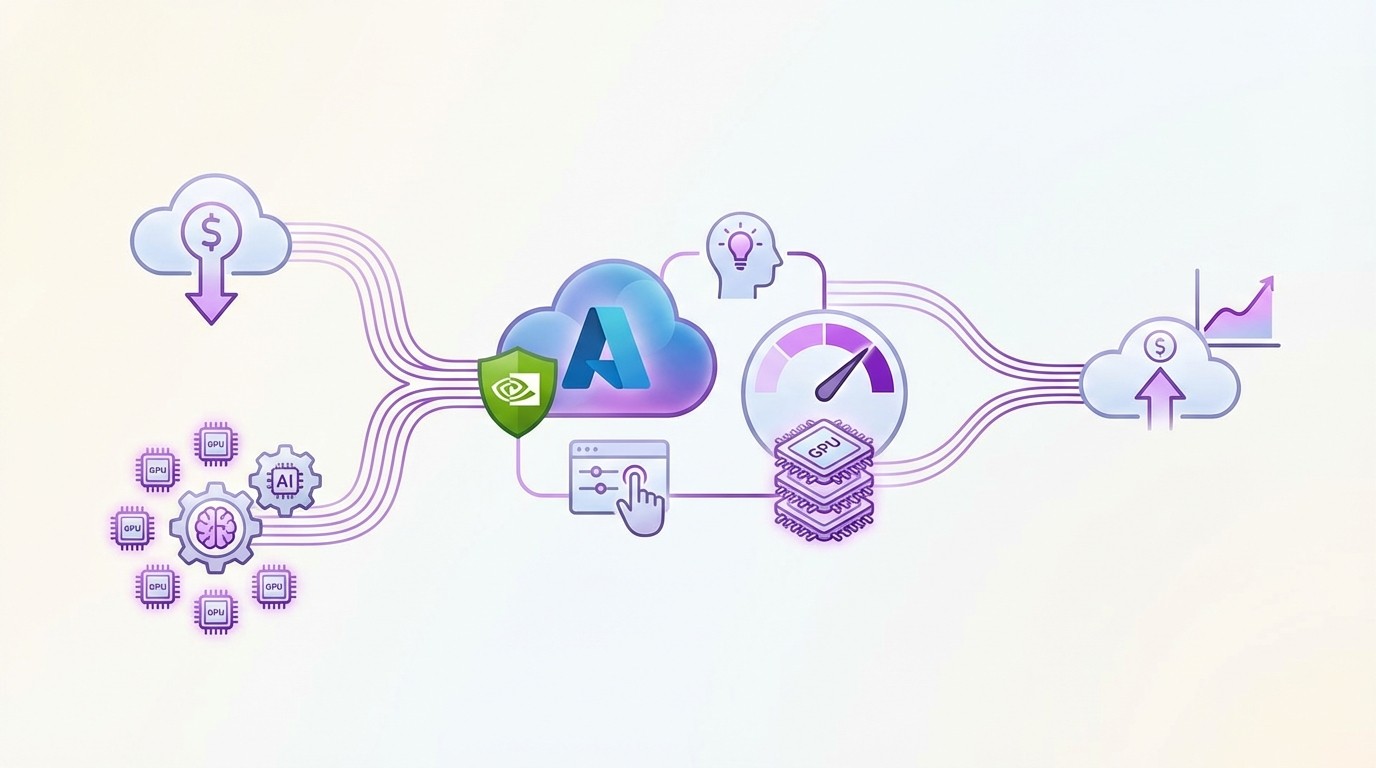FinOps

Mondweep Chakravorthy
Aug 22, 2025
Introduction: Why AI Regulation Matters for CFOs
If you’re a CFO, the rise of artificial intelligence is not just a tech trend – it’s already reshaping how companies operate, spend money, manage risk, and stay competitive. Whether you’re leveraging AI for smarter fraud detection, optimizing supply chains, or making investment decisions, knowing how AI is being regulated globally helps you plan for compliance, budget for new investments, and avoid costly missteps. Regulations influence what’s possible, what’s risky, and where you might make the most of new opportunities – and unlike past waves of technology, AI is evolving at breakneck speed. So, understanding AI governance isn’t just for technologists anymore, it’s a crucial part of your financial and strategic toolkit.
Key Areas CFOs Need to Understand About AI Regulation
As a CFO, you don’t have to be an AI engineer, but you do need to grasp how new regulations can impact your business’s bottom line and operational flexibility. Different regions approach AI governance differently, and this could affect global companies or any business that operates across borders. For example, the European Union’s regulatory landscape is much stricter than the approach taken in the United States or India. China, meanwhile, prioritizes government control and security, which can make compliance more complex if you do business there.
Example: Your AI-Powered Analytics Tool
Imagine your company adopts an AI analytics tool for real-time financial forecasting. In the EU, you’ll need to make sure the tool meets the specific requirements for data sharing, transparency, and data residency outlined in the new AI Act and Data Act. In the US, you’ll find fewer mandatory rules, but you must navigate sector-specific guidelines, which can change depending on the industry you’re in or where your customers are located. In India, you might enjoy greater flexibility, but there’s still an emphasis on ethical use and personal data protection.
The EU Approach: Strict but Predictable
Europe has set some of the world’s most ambitious standards for AI. The EU Data Act, effective in 2025, is designed to give users more control over their data and to ensure fairness when data is shared between companies or with public sector bodies. The AI Act, which was greenlit in December 2023, classifies AI systems by risk – from minimal, like translation tools, all the way up to systems with unacceptable risks that are outright banned, like government social scoring. As a CFO, you should take special note of these risk categories, as they spell out what level of investment you’ll need in compliance, audits, and internal controls.
The rules also create opportunities – for example, rules around data portability and easier switching between cloud providers could make it cheaper to renegotiate cloud contracts or move to better deals. But heightened compliance means you will likely need to budget for additional legal, IT security, and audit costs, especially if your business is involved in ‘high-risk’ AI scenarios such as healthcare devices, financial scoring, or biometric identification.
Quick Story: Compliance Impact on a Mid-Sized Manufacturer
Suppose your company operates manufacturing plants in France and exports products across Europe. If you introduce smart sensors powered by AI to monitor equipment, under the EU's rules you'll need to prove the AI doesn’t present a ‘high risk’ to worker safety or fundamental rights. This might mean regular assessments, new documentation, and possibly independent audits. Missing this could delay product launches or lead to fines, so budgeting for compliance is key.
Contrast: The US, China, India, and the Middle East
Unlike Europe, the US prefers to rely on sector-specific rules and voluntary frameworks. For example, the financial sector might follow NIST’s AI Risk Management Framework, but there’s no single law covering all AI uses. This adds some flexibility, but it can also make compliance trickier for companies that work across industries or states. You might save on upfront compliance costs, but you need to watch for sudden rule changes or inconsistent requirements if regulators get tougher after some high-profile incident.
China’s regulations are much more centralized – you’ll find strict controls around content, national security, and mandatory government oversight. If your company processes Chinese citizens’ data or operates AI tools there, be prepared for more intensive reporting and government approvals.
India’s approach blends encouragement of innovation with emerging requirements for fairness, privacy, and safety. Startups and local companies may find this more enabling, but there’s always the potential for new rules if something goes wrong or if lawmakers feel change is needed to protect citizens.
The Middle East is a mixed bag. The UAE, for example, is promoting active AI investment and forming its own guidelines, while countries like Saudi Arabia are looking at strong data localization and domestic control. If your company has a presence there, you may want to assign a team member to track fast-evolving policy shifts.
What CFOs Should Do Next
First, map out which countries your company collects data from, sells to, or does business in. Identify which of your products or services use AI, directly or via third parties. Then, determine which regulations apply and where the biggest risks or opportunities lie. For example, systems your marketing team uses to score leads or personalize services might be minimal-risk in the EU, but a new healthcare product could land your business in a completely different compliance regime.
Invest in internal processes to track compliance deadlines and allocate budget for legal and technology audits. If you anticipate launching new AI-enabled services, especially for regulated industries or public sector clients, factor in additional buffer for potential delays and documentation. On the flip side, keep an eye out for regulatory sandboxes or innovation funds, as the EU and other regions sometimes offer controlled environments where you can test AI tools before going fully public.
Real-World Example: Balancing Risk and Opportunity
Picture a situation where you want to roll out an AI-driven training tool companywide. In the EU, you’ll check for necessary consent, ensure transparency, and possibly file a risk assessment. In the US, it’s lighter touch – more about voluntary alignment. In China, you might need local partners or prior government approval. Each scenario affects your time-to-market, cost structure, and risk profile differently. Keeping it all straight may not be fun, but it’s the only way to avoid expensive surprises later on.
Quick Summary for CFOs
If you take away one thing, it’s that AI regulation is no longer just a compliance checkbox – it touches product planning, budgets, investor expectations, and operational risk. Stay aware of major laws like the EU AI Act or any new moves in China or the US. Work closely with your compliance and IT teams, get the right processes in place, and be ready to adapt as new rules come down the line. By doing so, you’ll turn regulatory challenges into opportunities for stronger risk management, better value from your tech spend, and smoother expansion when you target new markets. It’s not about knowing every clause in the law, but about being prepared, adaptable, and strategic.





